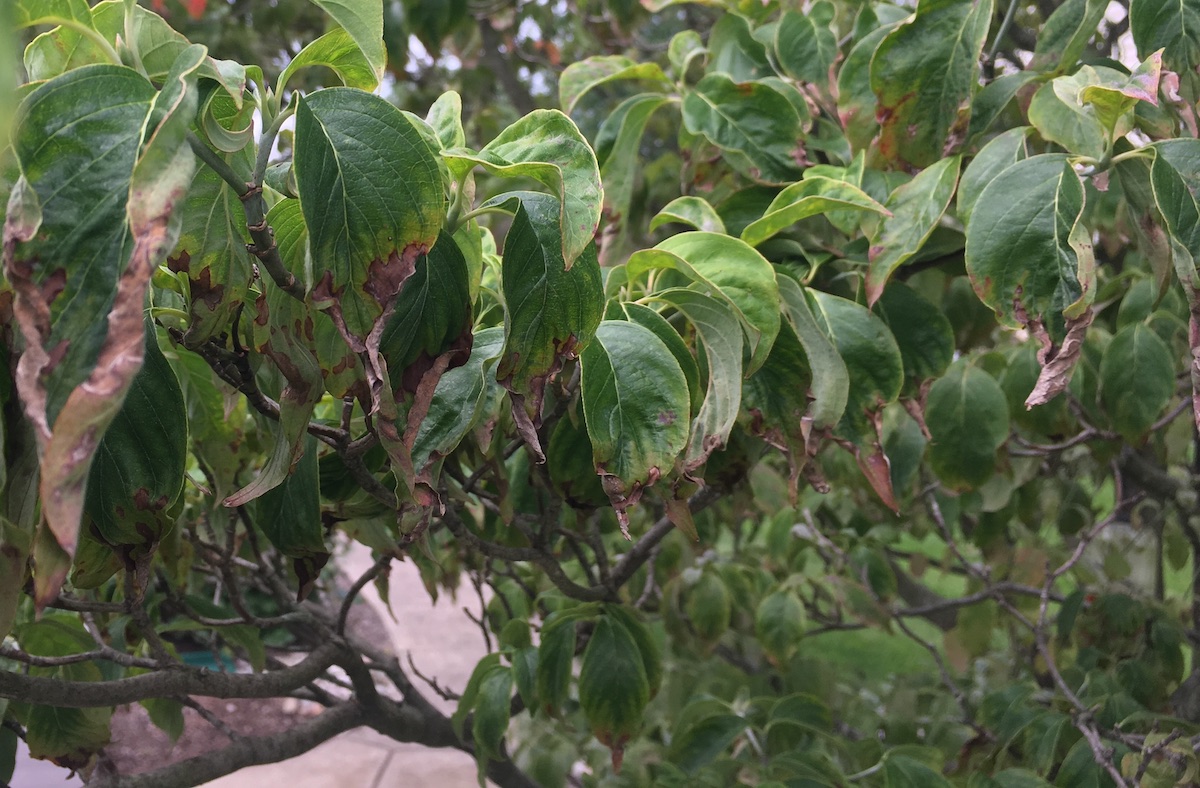
When it comes to having a beautiful and thriving landscape, tree disease problems can really stand in the way. After all, a disease can rob your tree of its beauty and cause frustrating problems like leaf loss, discoloration, or overall decline.
While there are many different types of tree diseases in Memphis, TN, and Northern Mississippi, some are more serious than others. If you think that your tree might be diseased, you first want to figure out exactly what disease you might be dealing with so that you can know how to handle it.
In this article, we’re focusing on Anthracnose disease, which is a common fungal disease that can occur on deciduous trees like Dogwood, Sycamore, Ash, and Maple, among others.
We understand that you don’t want to feel as though you have to become a tree expert to figure out what’s going on in your landscape. You just want to be as proactive as possible in protecting your beloved trees.
This article should help give you some of the information that you’re looking for, plus we’re always here to offer additional advice and guidance.
Anthracnose disease is actually a group of related fungal leaf and stem diseases. Deciduous shade trees are most commonly affected by this group of fungi. We tend to see more of this disease after a wet spring or summer, as this would be a time when the fungus can really thrive.
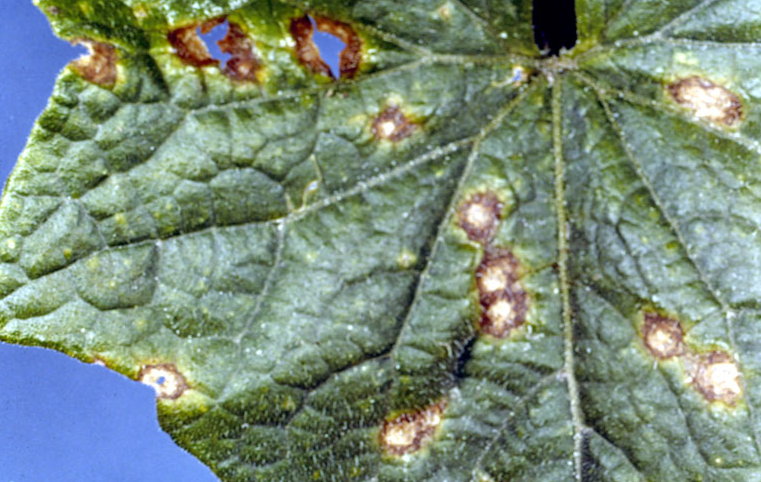
Anthracnose fungi can survive the Memphis winter in buds, twigs, and even fallen leaves.
Come spring, the spores are then splashed by the rainwater onto the tree or even carried by the wind. This fungus performs best in cool, wet weather as the spores can continue to spread. That’s why it’s most common in spring and early summer.
Once the weather gets hot and dry, Anthracnose disease generally stops spreading though, in certain species of trees (or periods of cool, wet weather), it can potentially persist.
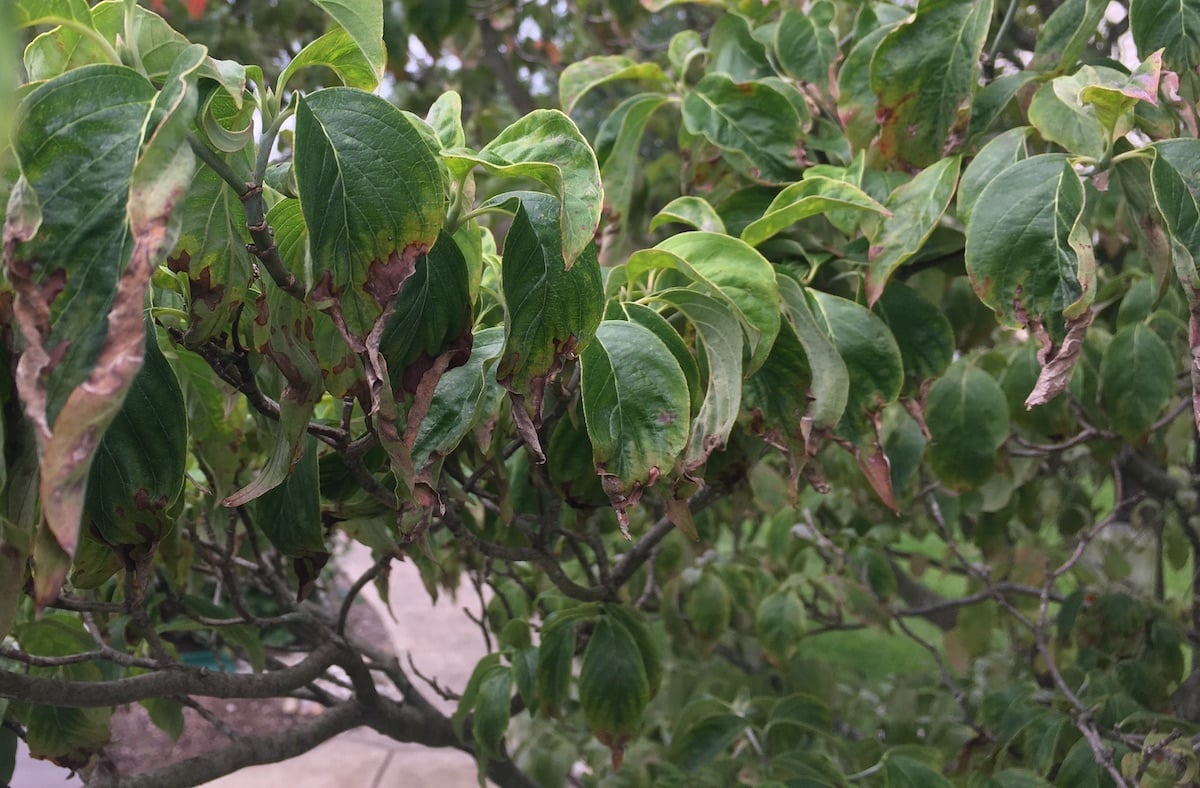
The impact of Anthracnose disease can differ a bit, depending upon the species of tree.
As you might have guessed some of the Anthracnose symptoms are going to differ depending upon the host that it is attacking. That can make it difficult to explain exactly how it might show up on your property.
But generally speaking, some of the signs that you might see include small dead spots on the leaves, browning around the veins of the leaves, twig death, and dying buds (early in the season). The latter is sometimes misidentified as frost damage since it is early in the season.
If a tree is heavily infected, the leaves might be distorted and shriveled. Premature defoliation is also common with a heavy infection Anthracnose symptom. A tree with Anthracnose might look in pretty rough shape. But the good news is that it rarely kills trees and they can definitely bounce back.
As with any tree disease, it’s always best to detect it early as this is when it is most manageable.
Pruning out some of the diseased or dead twigs and branches will help to prevent the further spread of Anthracnose disease and will also encourage good airflow throughout the tree (remember, wet conditions is where it survives and thrives).
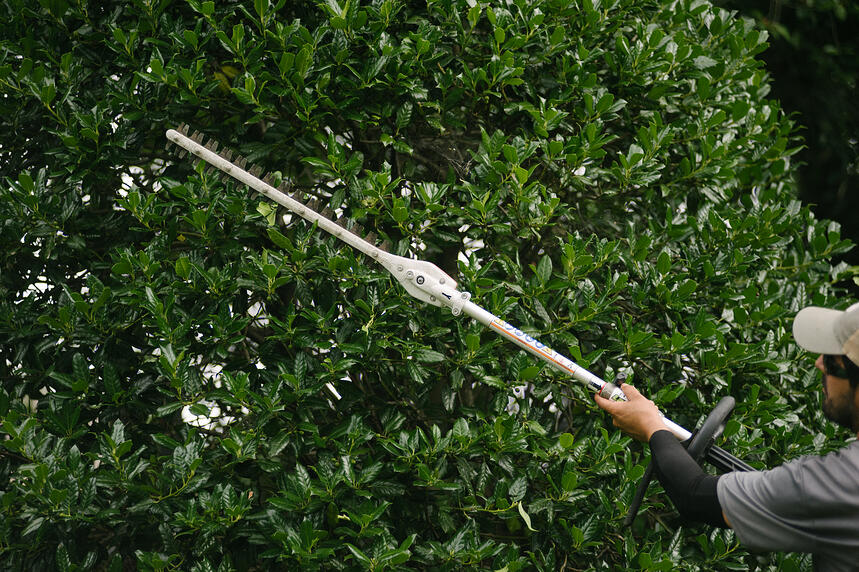
Professional applications of a fungicide will also help to reduce fungal spores and treat this disease.
In addition to beginning Anthracnose treatment, we might also make cultural recommendations to help improve the overall health of your tree. Proper irrigation, pruning, and mulching around the tree can make a difference in its overall health.
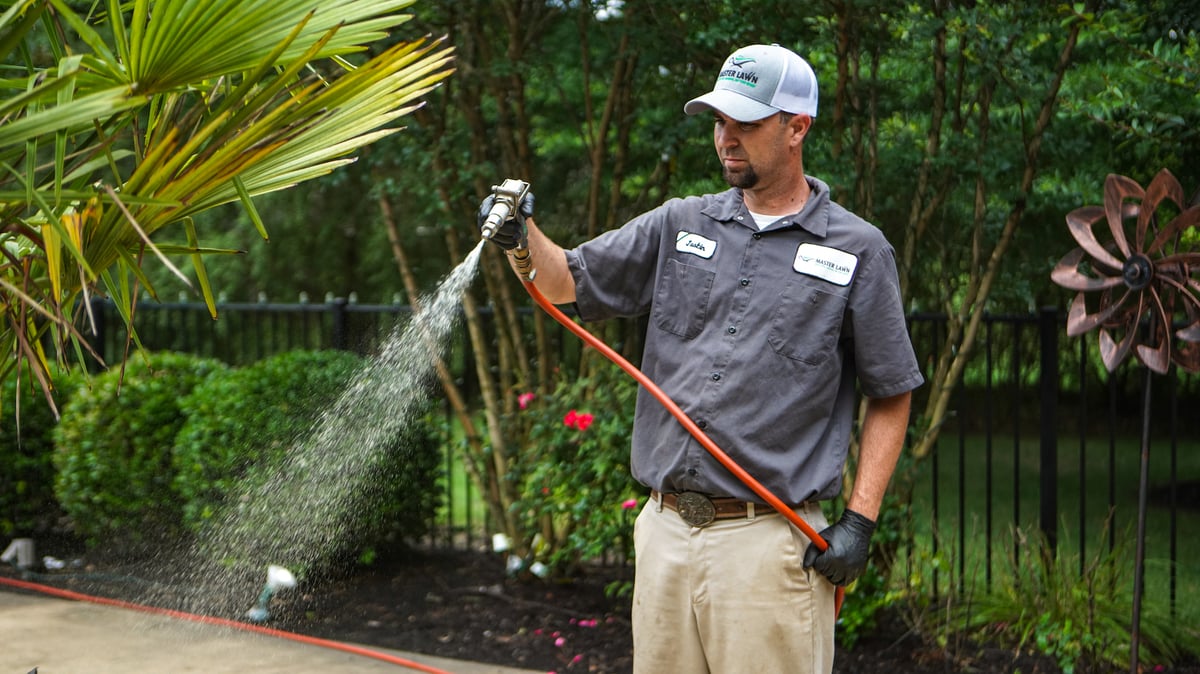
Going forward, prevention is always optimal. Keeping your tree in the best possible health can help to make a difference not only in Anthracnose disease prevention but the prevention of other tree and shrub problems as well.
One of the best ways that you can prevent problems or at least spot them early is by investing in a Plant Health Care program.
The truth is that Anthracnose disease is just one of many potential problems out there and you want to do what you can to keep your trees protected. A Plant Health Care program can prevent many diseases and pests, and even help to restore your plants’ health (assuming the problem is not too far gone).
Sometimes homeowners call us after a disease or pest has already completely destroyed their plant and sometimes, there’s just no coming back from that.
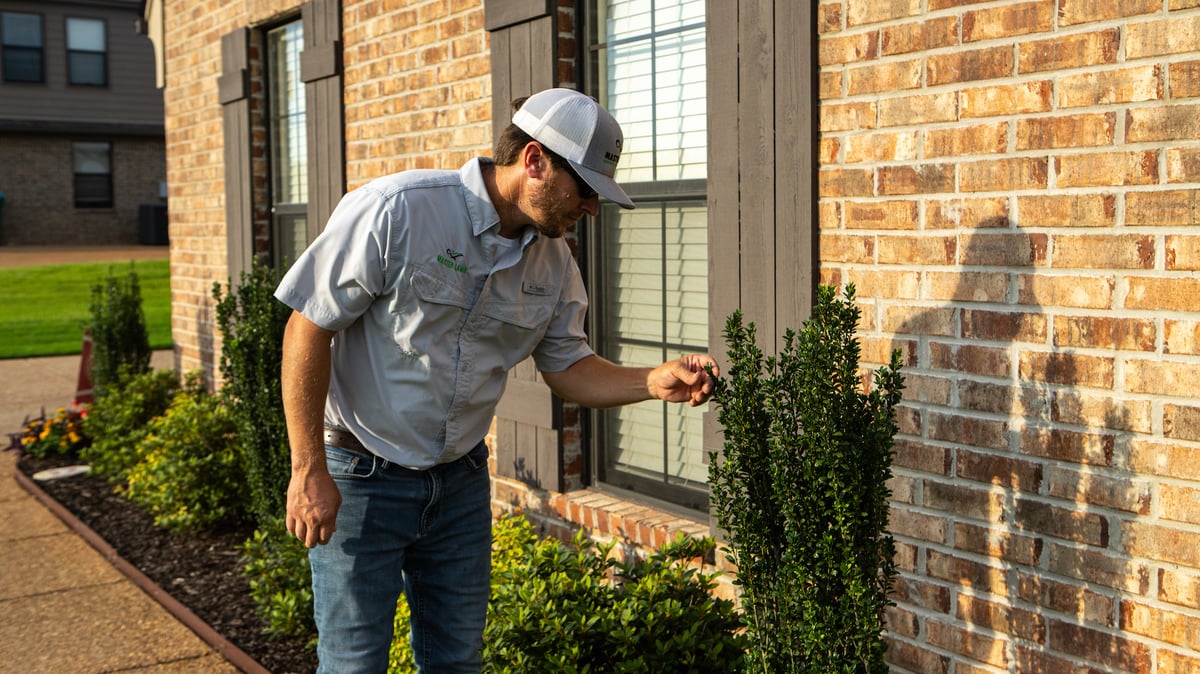
So what exactly is Plant Health Care? To sum it up, Plant Health Care provides your plants with vital nutrients they need to thrive while also protecting them against insects and disease.
The treatments of this program include fertilization, pest control, and disease control. You might also think of Plant Health Care as a way to help protect your investment in your landscape since it will reduce the risk of your plants succumbing to diseases and pests.
After all, when plants do fall victim to problems like disease, pests, or environmental stressors, it can end up costing you a lot more money, time, and aggravation to deal with them. Ideally, you would obviously rather prevent these issues from happening in the first place.
That’s what Plant Health Care can help you do. Plus, it can give you peace of mind! Landscape worries won’t have to be an added stressor in your life.
By making an investment in Plant Health Care, you’ll be able to let go of your worries that something might happen to your trees and shrubs and instead be able to have the peace of mind that they’re in good hands.
Want to invest in protecting your landscape? Request a quote, get your customized plan, and become the master of your landscape.
Image Source: Anthracnose
These Stories on Plant Health Care
8255 Center Hill Rd
Olive Branch, MS 38654
8164 MS-178
Olive Branch, MS 38654
Phone: (901) 445-9336
Fax: (901) 853-7353
Copyright © Master Lawn | All Rights Reserved.